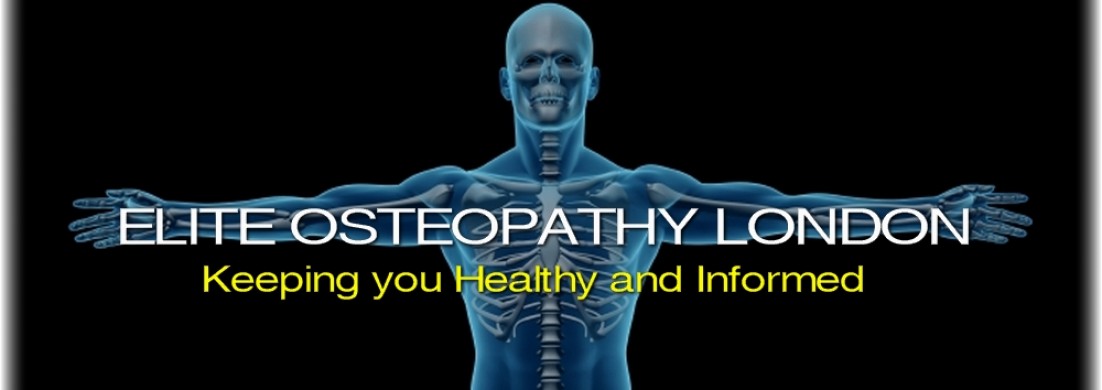
The traumatic effects of labour upon the baby
People commonly think that babies are born perfect without any structural strains because they are so young and flexible. This is actually not true.
Labour is not just a difficult process for the mum it is also extremely traumatic for the baby. Its first experience before it enters the wide world.
It goes from an environment where the baby is cushioned and protected by amniotic fluid into the world where it first experiences gravity and tractions, lumps and bumps.
During labour, the uterus exerts tremendous forces in order to expel the baby plus he/she must pass through the natural resistance of the birth canal and the mother’s bony pelvis. Quite a journey!
Most of the stresses and strains experienced by babies during labour are naturally released slowly afterwards. But some strains within some babies can remain unresolved. The child grows around these strains causing them to grow in a distorted way.
It is said the aesthetics of health and beauty is symmetry of the body and the face. If you carefully study the majority of people’s faces you can see facial asymmetry as one eye lower than the other, a bent nose, a flat head on one side. Assuming they haven’t receive any kind of trauma to the head or face, then they are reflections of remnant strains that the child had to accommodate during their growth phase.
The stresses and strains relating to labour can be easily and quickly resolved with osteopathic treatment when they are babies as tissues are very pliable but as the body gets older the stresses and strains become more embedded and the tissues less adaptive so can be very difficult if not impossible to eliminate in the adult.
A paediatric osteopath can help by using a variety of gentle and subtle manipulative techniques to help release the strains within the cranium. The younger the child, the easier and quicker the resolution of these stresses.
It is in the authors opinion that all babies should be osteopathically checked to ensure the musculoskeletal system and cranium is neutrally aligned.
If you feel a consultation would be of benefit to you or your baby contact Elite
0203 514 8957
info@eliteosteopathy.co.uk
www.eliteosteopathy.co.uk








